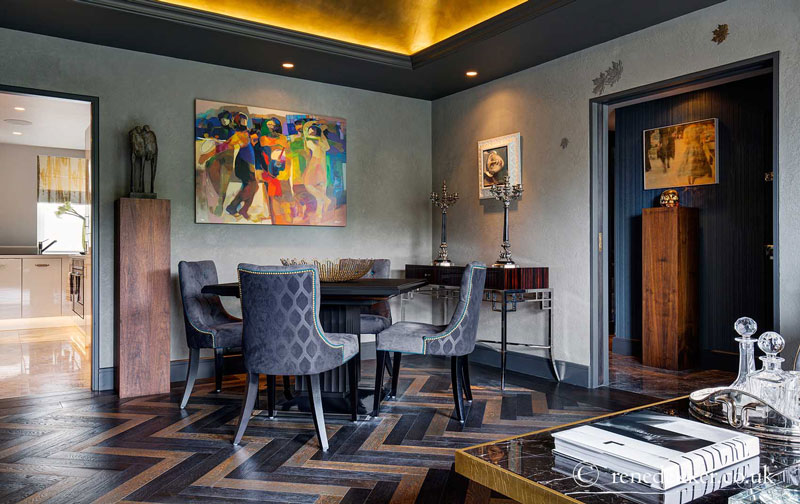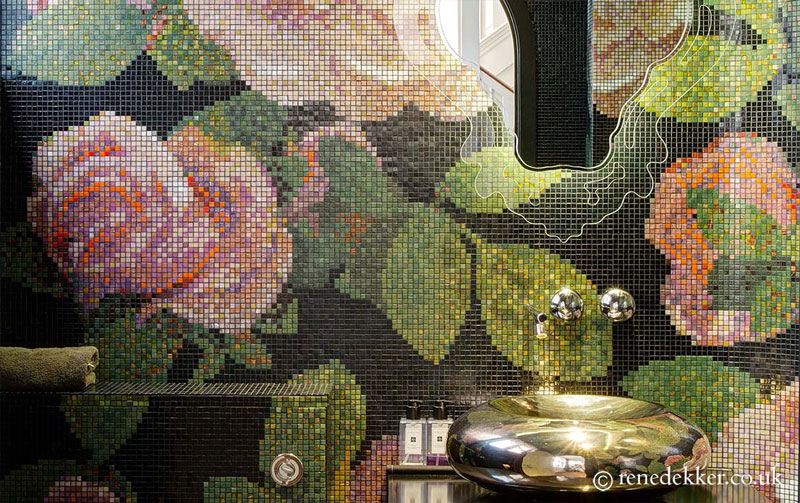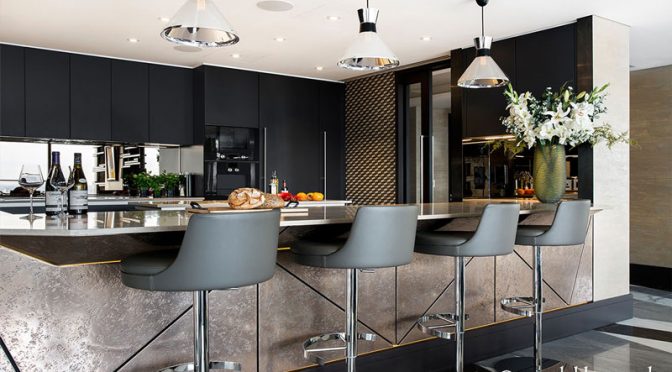The increasing number of small flats, apartments and living spaces throughout the world is a result of the on-going growing population and migration of people to cities and the urban housing development. The increasing prices for property and the continuing climb in urbanization is forcing people into less space, particularly in cities like London, Paris, New York and Hong Kong where land is priced at a premium due to its limited supply. The human needs are still the same, so how does the lack of space affect human wellbeing? Over the last 30 years, the perception of what constitutes small apartments has totally changed. Historically, small apartments generally offered floor space of about 55 square meters. Today, it is very common in large urban cities to find apartments as small as 10-15 square meters. According to the Royal Institute of British Architects (RIBA, 2012), lack of space is the most common cause of dissatisfaction people cite in relation to their homes. According to the United Nation’s Urbanization report from 2014, the number of people living in big cities will increase with 66% by 2050 (United Nations, 2014). The projected increase in demand for home will inevitably lead to an increase in property prices too.

This dynamic is increasingly leading property developers to take advantage of climbing prices by dividing existing apartments into subdivided units, thus making flats even smaller. This change in living area has also led to an evolution of what is now called ‘multi-purposed’ spaces. Many small apartments generally only have one or two bedrooms which mean that you have to use the same room for several activities which are normally separated into different rooms. For example, this shift has seen the living room, kitchen and dining room merge into one open plan living space. A survey done in 2012 in Britain showed that half of people questioned claimed they don’t have enough space for the furniture they own, and not enough storage space. This is an important note in creating a London interior design scheme, as it requires careful consideration of the layout, colours and textures, together with size and functionality of furniture and its placement throughout. While the aesthetics of the furniture is an important design detail, the functionality and purpose are equally important, e.g. the height and depth of a sofa can determine how comfortable it feels.

This changing landscape has required London interior designers to be ever more creative in designing spaces that can be multi-functional without compromising design detail, comfort and aesthetics. The relationship between size of living space and human wellbeing has never been more topical in the western world. A home needs to be a safe place that serves a function on a physical and psychological level. This is where an interior designer comes into the picture as they perform the functions of an interior architect, responsible for the internal environment of a building. This covers many aspects of the design process, including local bylaws, code compliance, planning, plumbing, electrical, lighting, heating & cooling, fitting & fixtures, and most certainly — the finishes. A highly skilled interior designer will have a broad education and experience base from which to draw from as they need to provide information to consultants such as engineers, heating and cooling consultants, and audio / visual specialists. All of this information is provided in meticulous drawings using a CAD program which detail all the plans for the construction of the interior, layout designs, lighting plans etc. Therefore, an interior designer needs to be competent at drafting plans and compiling contract documents that comply with regulations and local building laws. The role and responsibilities of the interior architect have become ever more important over the last decade as more and more clients seek out solutions for creating an interior design scheme that has a more holistic approach.
